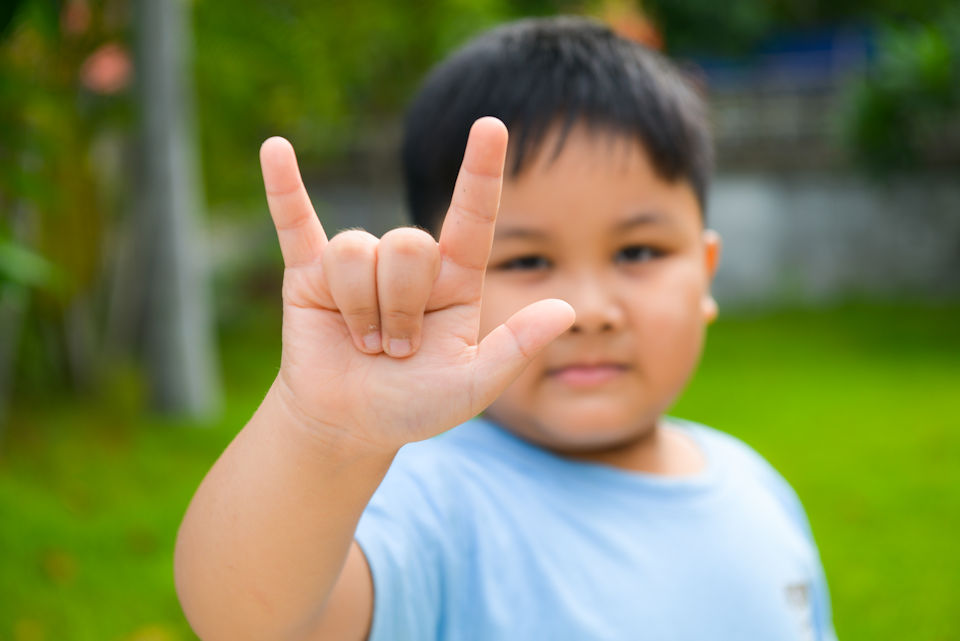Communication barriers and cultural differences exclude Deaf and hard of hearing persons from life in the church. Expand your ministry with these resources.
REV. LEO YATES, JR.
UM Disability Blogspot
Deaf Awareness Week is soon approaching, and United Methodist churches should extend their hand of welcome to Deaf, hard-of-hearing, late-deafened, and Deafblind persons in their community. This week is observed during the last week of September (in 2019, the 23-29th), beginning on Monday and ending on Sunday.
The observance originated in Rome, Italy in 1958. Communities around the world began adopting this international observance as a way to honor the history and heritage of Deaf and hard of hearing people, affirm diversity, and to educate society about deafness.
Communication barriers and cultural differences often exclude Deaf and hard of hearing persons from the life of the church. For example, when this writer’s Deaf parents moved from Maryland to Virginia, the fourth church that was contacted agreed to provide a sign language interpreter. Recently, a Deaf couple in the Southeastern Jurisdiction shared they are only able to worship twice a month because their church is unable to afford a sign language interpreter on a weekly basis. In most cases, there is a cost for sign language interpreters. While it’s the church’s responsibility to hire and pay for interpreters, most Deaf and hard-of-hearing people donate to their congregation, and thus support the cost indirectly (click here for a brief guide about interpreters). One ministry holds an annual fundraiser to support their interpreting ministry. Certainly, budgeting and prioritizing the Deaf ministry is vital to sustaining it. So is awareness; a cultural difference can be seen during a Christmas Eve service when lights are dimmed and candles used. This makes it challenging to see a sign language interpreter.
The Apostle Paul emphasized to the church in Corinth (and us) that the body of Christ needs all of its members (1 Cor 12:12-31). Like other denominations, The United Methodist Church recognizes the need for Deaf, hard-of-hearing, late-deafened, and Deafblind individuals to be better represented in the life of the church. General Conference continues to support funding for Deaf ministries. This funding is overseen by Global Ministries, which includes small grants to support new Deaf ministries.
Deaf Awareness Week is a strong reminder for churches to be accessible and inviting. For example, offer captioning (display it on a TV screen or project it with PowerPoint), have all-encompassing bulletins (Scriptures, prayers, announcements, music), use multimedia (Deaf people can’t hold hymnals while signing), ensure adequate lighting, and consistently use a sound system during worship: all of these are inexpensive ways to improve accessibility. Click here for more ideas.
After all, 1 in 3 persons over 65 have some degree of hearing loss and improving communication access in worship and in the life of the church can support hard-of-hearing and late-deafened people to remain active, some of whom are the bigger givers.
READ MORE ideas and resources.
Last Updated on October 31, 2023

